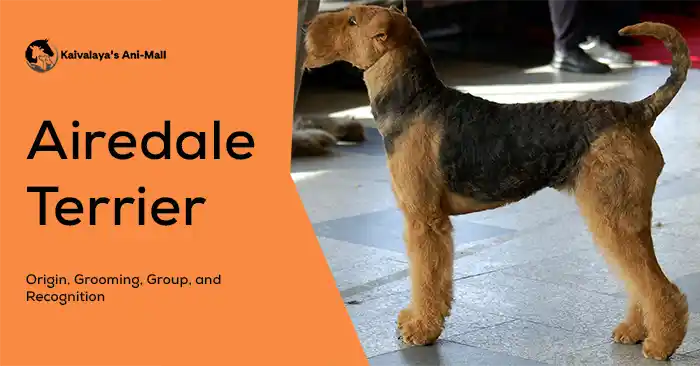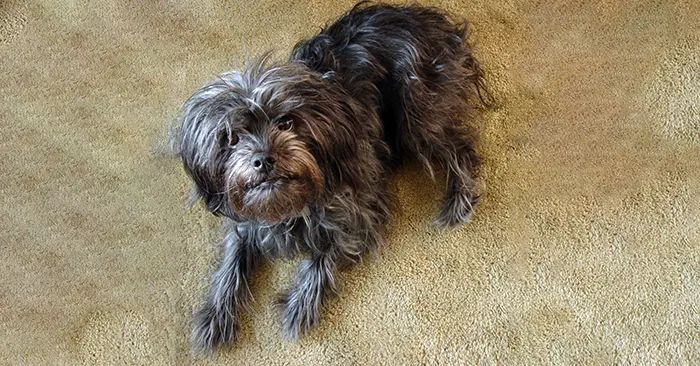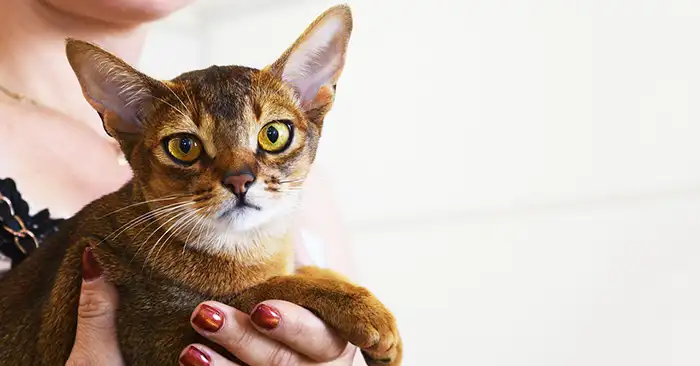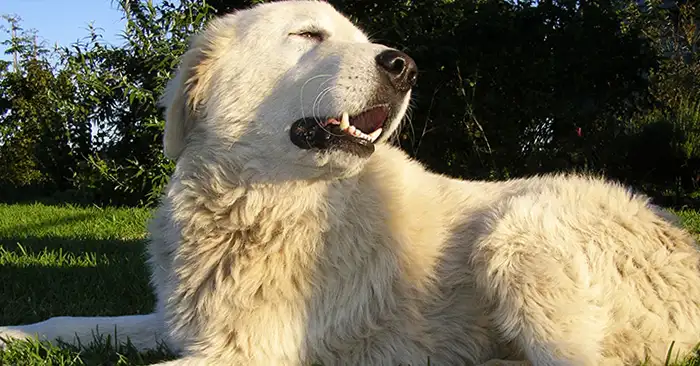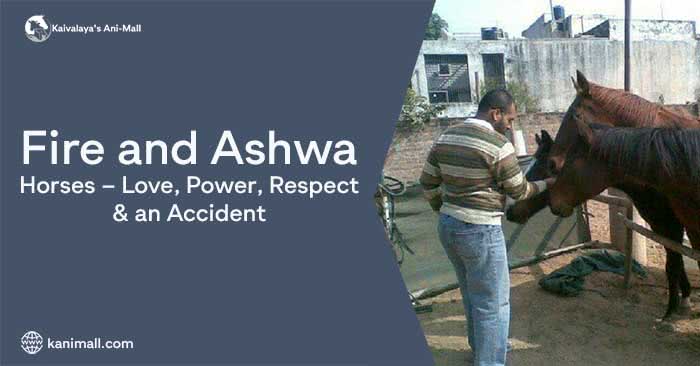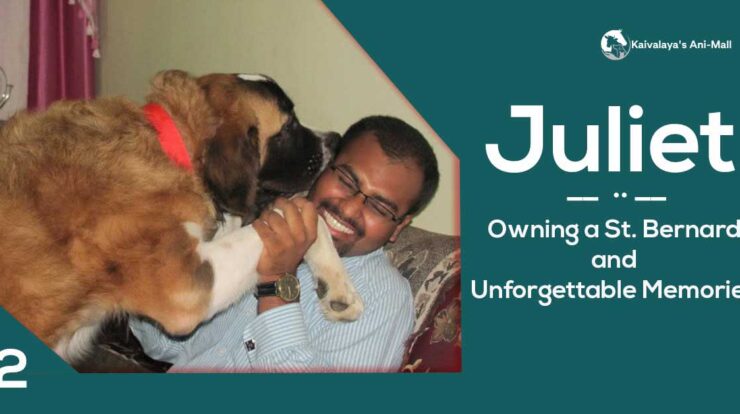Belgian Tervuren: This elegant and highly active dog is among the four herding dog breeds from Belgium. This is the most beautiful among the four breeds with a collarette in males around neck. They love to move all the time. Since it is a herding dog, you should be active to keep your Tervuren happy with also mental engagement as they are an intelligent breed.
They are very agile and good at any dog sports and so, is a perfect breed to fit in with people who really love to include their dogs in dog sports or in agility and love to participate in such sports. With their many desirable characteristics, they are good in multi fields like agility, sports, obedience, tracking, search and rescue and as also therapy dogs. So, let’s try to know more about Tervuren.
Belgian Tervuren Origin
The origins of Belgian Tervuren is same as the other three Belgian herding dogs with going back to ancient times without any different distinct breed. Sheepdogs were used by Balgae tribe from starting of using livestock and dogs got more refined in their work of herding and protection through mediaeval and Renaissance periods. But, there were no distinct breeds present as people didn’t divide dogs according to any specific traits. After some years of Belgium’s independence in 1891, people of Belgium got interested in finding their national dog.
In 29 September 1891 Club du Chien de Berger Beige was founded for this purpose. In November 1891 professor Adolph Reul of the Curegham Veterinary Medical School, collected 117 dogs to find a specific breed. He found that around 40 dogs had same physical traits almost but, they differed in coat length, texture and colour according to their region of origin.
So, it has been found four types of dogs. They were then further developed to get four distinct breeds of uniform standard in appearance. A man named Corbeel who was a brewer and dog breeder is credited to lay foundation stone of this breed with pups out of Tom and his female dog Poe. Their litter became the foundation of this breed. They are from a small village known as Tervuren in Belgium.
The first AKC herding championship dog was a Tervuren. They also work as police dogs in its own country Belgium.
Belgian Tervuren Temperament
Tervs are loyal and protective. They are nice as companion as well as a working dogs. As Tervs are intelligent, they are easier to train and they can excel in obedience. To keep an obedient Terv you will have to be firm, confident but, should not be heavy handed. As they are protective in nature, they are wary about strangers. You need to socialize early to avoid this trait to stop your Terv from becoming either shy or aggressive. Mentally engaging your Terv is as much necessary as for exercises.
Tervs need at least one hour of good amount of exercise and mental engagement daily to keep them from becoming bored and destructive. As they are intelligent they can find ways to amuse themselves and you need to train them well to make them learn what not to be done. They do well with older children. Early socialisation is must for your Terv to be friendly with dogs as they have dominance issues. Their natural herding instincts should be curbed if you want your Terv to be in contact with small pets or small children. You should be careful to keep your Tervuren on leash outside to keep them safe from accidents in effort to herd people or vehicles. They should neither be aggressive nor be shy.
Also Check: 50 Azawakh Dog Facts, You Must Know!! || Top 10 Police K9 Unit Dog Breeds
Belgian Tervuren Physical Appearance
Belgian Tervuren is square proportioned medium sized dog. It bears muscular, strong and proud carriage. Ears are wide set, erect and triangular. Face is long and muzzle is pointed. Coat is double layered with long outer coat and dense and short inner coat. Coat colours come in red, fawn and grey with black overlay. Face has black mask and ears are black. Males have more pronounced collarette around neck than females and are bigger in size than females. Tail has black tip at end and is bushy and reaches to hocks.
Height
- Male – 24 to 26 inches
- Female – 22 to 24 inches
Weight
- Male – 55 to 75 pounds
- Female – 40 to 60 pounds
FCI classification
- Section – Section 1, Sheepdogs
- Group no 1
- Date of acceptance – 1/1/1956
- Country of origin – Belgium
- FCI standard no 015d
Belgian Tervuren Grooming
As Tervs are double coated they shed all year round and you need to brush them once or twice a week. During spring and fall they shed heavily and therefore you need to brush them with slicker brush more frequently like daily to keep shedding in lower side. Regular blow outs are also recommended. You can use desheders, undercoat rake and comb for brushing. Bath should be given to your Terv when it is dirty or giving doggie odour. It is good to brush them before giving a warm bath to loosen dirt, dead hair or debris from coat.
- Teeth should be brushed 3 to 4 times a week to keep your Terv’s teeth healthy and clean.
- Nails although gets naturally trimmed due to high activity of your pooch but, if they make click sounds while walking then trim the nails. It is advisable to trim your pooch’s nails once a month.
- Ears should be checked once a week. If everything is fine then you should clean outer ears with cotton balls once a month.
You May Also Like: Irish Wolfhound Dog Breed, Height, Size, Puppies || German shepherd dogs Structural Deformities
Belgian Tervuren Nutrition
Tervs need premium quality dog food specific for active dogs. If you want to feed home made food then meat should be main ingredient of diet. As an active breed they need high protein diet. Vegetables, cottage cheese, eggs, fish can be also added occasionally around 3 to 4 times a week. Apart from it multivitamins and minerals should be added carefully and it will be best if you consult with your vet before adding them in diet.
Fresh and clean water should always be available for your dog.
Belgian Tervuren Training
The first step to train your pup is to set your authority. You should be confident and firm and should be able to communicate clearly to your Terv. Then you can train your terv with positive reinforcement by offering treats. As they are intelligent, they can be trained easily. You should train your Terv to be on leash while outside before reaching to a safe place from early. As Tervs are protective in nature, socialisation is must with strangers, dogs, small pets and children to curb development of aggression or shyness in behaviour. As they are very intelligent so, it is not a good idea to own it and train it by a novice person because, if they sense less authority then, they will start to become independent.
Belgian Tervuren Health Challenges
Belgian Tervuren is prone to
- Seizures
- Hip dysplasia
- Elbow dysplasia
- Progressive Retinal Atrophy and
- Hypothyroidism
- They are occasionally diagnosed with pannus, cataract, hemangiosarcoma or Persistent Pupillary Membrane.
Litter size of Belgian Tervuren is 6 to 10 puppies. and Life expectancy of Belgian Tervuren is 10 to 12 years.
You May Also Like: Belgian Sheepdog : Temperament, Size, Health Issues, Training || Belgian Laekenois Dog : Size, Health, Training

